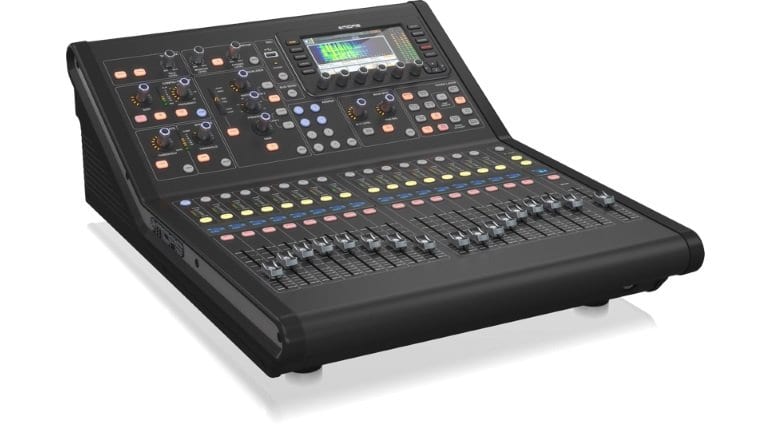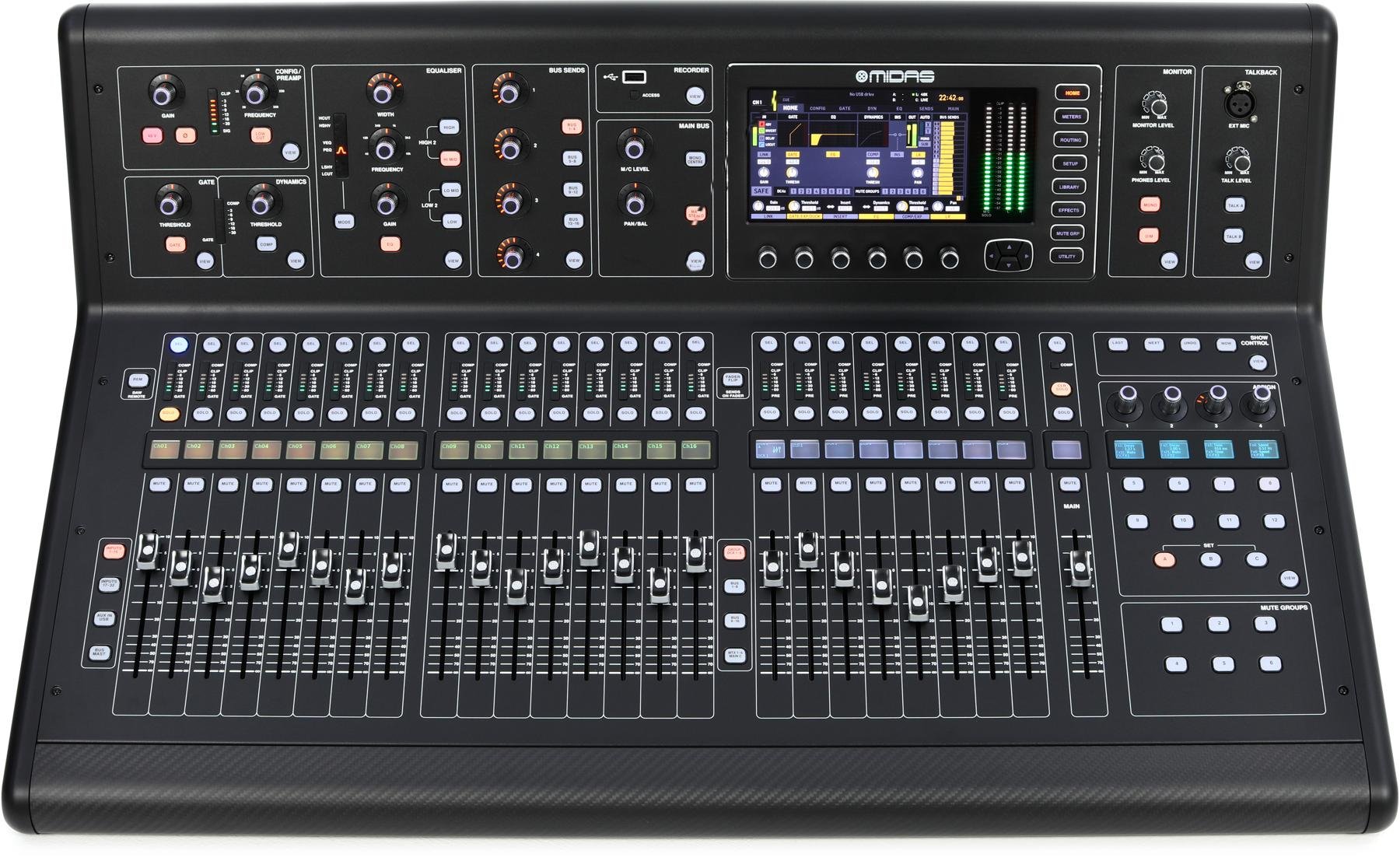

In general, the best way to mix reverb is to turn it up until you can hear it and then dial it back until it blends in with the mix. Good news is, there are a few simple techniques you can employ to harness all the benefits of reverb while protecting your mix from becoming unclear. But, it also comes with the risk of making your mix unintelligible and frustrating to the listener. The M20d is for the band that self mixes on stage on the road, quick and simple.Reverb holds the power to take your mix from sounding dead to alive. So many great 'live' features make getting a great sound quickly and consistently make the M20d a really great live use mixer.
Behringer x32 vs midas m32 full#
It is a lot of board unless using it in a studio so the when comparing the M20d is lighter, easier to use and has full digital out to the speakers. The Midas board is the same as the Behringer X32 only with Midas pre's and faders. More features and such though don't always make for better sound or ease of live engineering. It took a little time to get used to the change from on stage amps and lots of 'me', but now our band mix is far closer the mix we produce on the CD's. I have everyone going direct in to the mixer and and using 2 元T's and 1 元s everyone hears what the audience is hearing. You have 4 aux sends and I rarely use them all. The fact that on the fly I can reconfigure what comes out of each speaker without cable changes is fantastic. If running stereo output, which is useful for smaller venues, you still have 4 more channels available without using the 1/8"stereo input (which I only ever use for iPod during breaks). Each has a mic and each gets a channel for their instrument. Without it there are several features such as the 32 band eq you can't access for each speaker and the entire system. Using the M20d opens up way more ability to eq the entire system. If the Line 6 mixer family had been maintained or enhanced - such as a way to increase inputs and outputs it might be different, but I recommend that you keep the Midas. If you are running in mono then L6Link all the speakers together and just feed one speaker from the Midas.

The L6 Link option does simplify cabling in that you can run all of yours speakers in a single chain but you can connect them together using L6 Link anyway - so assuming you are running 2 x 元t + 元s on each side as mains then you can connect 元t to 元t to 元s using L6 Link and only run cable to each side so the advantage of M20d in this situation is actually quite minimal.


The M20d is really only a 12 Mic + 4 Line input mixer with 4 aux outputs and is a significant step down it is good for a small band that runs their own PA but once it gets complex you start running out of inputs or monitor channels quite quickly. Your Midas M32 has significantly more inputs and outputs, motorised faders, digital connectivity, and a much higher price.


 0 kommentar(er)
0 kommentar(er)
